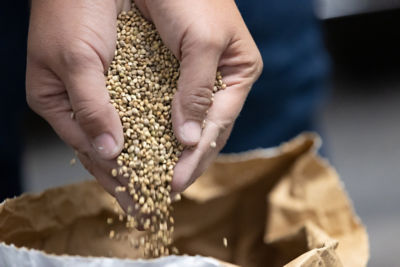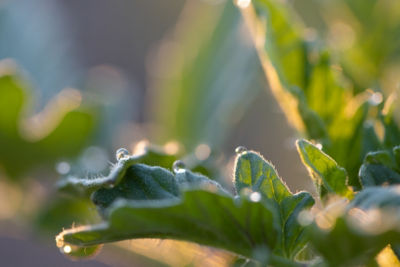Causal Agent
Aphanomyces raphani
Distribution
Worldwide
Symptoms
Root lesions develop where secondary roots emerge from the tap root. These bluish-gray to black lesions girdle the root, but infected tissue remains firm. Icicle-types of radishes may be severely affected by this disease, with yield losses approaching 100 percent. If infection occurs beneath the salable portion of a globe-type of radish, a crop may be harvested with minimal loss.


Conditions for Development
Aphanomyces raphani can survive for more than one year as oospores in crop residues and soil. The fungus is generally not seedborne, but may be carried in debris associated with seed. Abundant soil moisture is required for zoospores to swim to and infect host tissues. Warm temperatures [20-27°C (68-80°F)] favor infection and subsequent disease development.
Control
Use high-quality seed free from crop residues. Implement good fi eld sanitation practices, manage irrigation water, practice three-to-four year crop rotations to non-host and apply chemical soil treatments to control black root.




